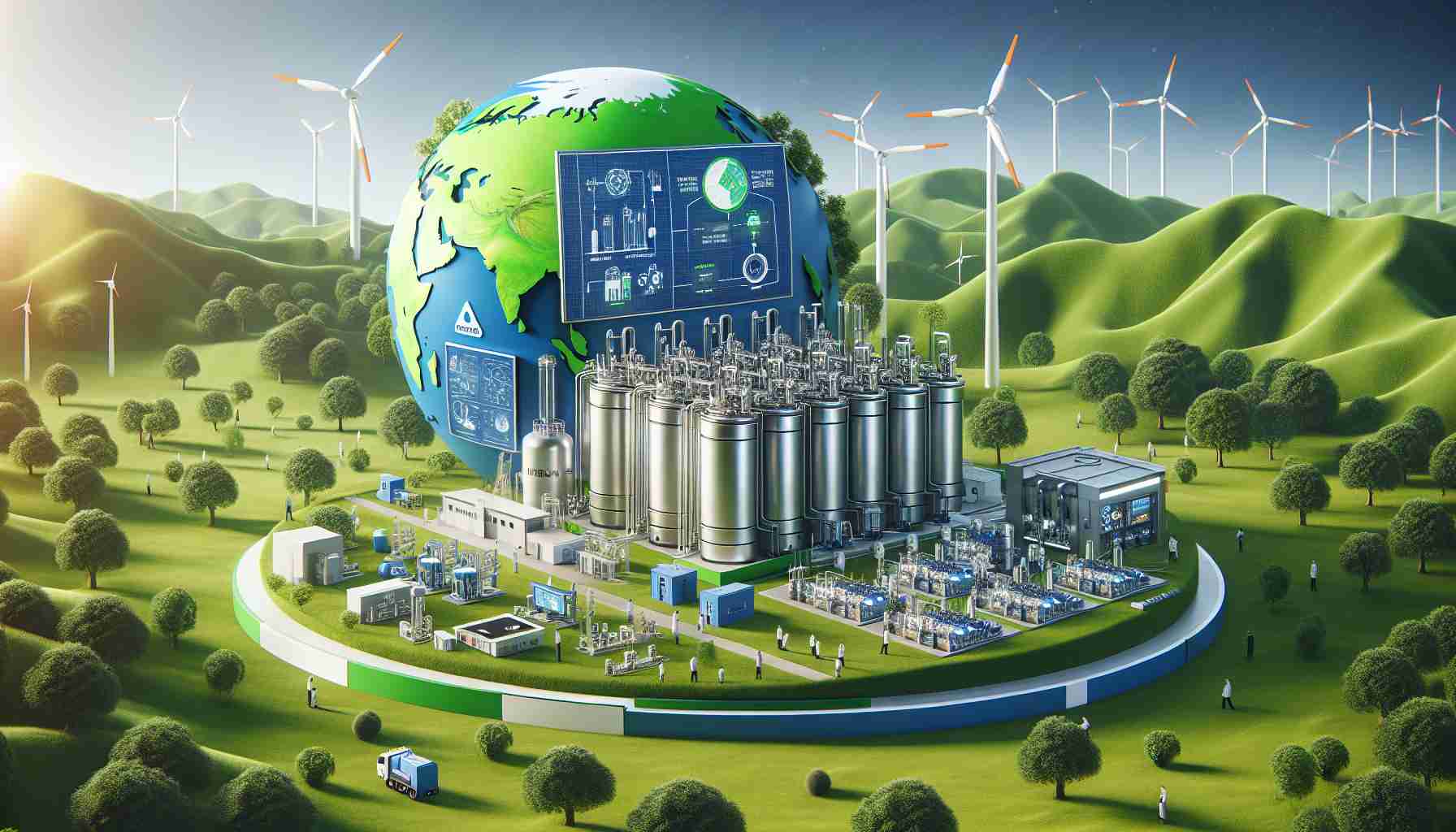As India accelerates its transition to green energy, the push to produce five million tonnes of green hydrogen annually by 2030 marks a significant milestone in the nation’s sustainability goals. This initiative aims to curtail carbon emissions by 50 million tonnes and significantly cut energy import costs. Central to this green hydrogen strategy are electrolysers, which are essential components in the production process. Notably, these devices account for a substantial portion of the overall production costs, highlighting their importance.
India is anticipated to see an exponential rise in electrolyser demand, with projections estimating a growth to 20 GW by 2030, and potentially 226 GW by 2050. This surge in local demand not only secures energy independence but also paves the way for lucrative export opportunities, as the global electrolyser market is rapidly expanding.
For successful domestic electrolyser production, it is imperative for India to foster indigenous technology and manufacturing capabilities. Such development would enhance production efficiency and reduce costs, positioning India competitively within the international market. A thorough analysis of manufacturing processes will illuminate avenues for cost reduction across various electrolyser technologies, including alkaline, proton exchange membrane, and solid oxide systems.
By laying a strong foundation in electrolyser manufacturing, India can play a crucial role in the forthcoming green hydrogen economy, further establishing its position as a leader in sustainable energy solutions.
FAQ Section
1. What is green hydrogen?
Green hydrogen is a type of hydrogen fuel that is produced using renewable energy sources, which ensures that the production process does not emit carbon dioxide or other greenhouse gases. It is considered a clean alternative to fossil fuels.
2. What are electrolysers and why are they important?
Electrolysers are devices that facilitate the production of hydrogen through the process of electrolysis, which involves splitting water into hydrogen and oxygen using electricity. They are crucial for green hydrogen production as they make up a significant portion of the overall production costs.
3. What are the goals set by India for green hydrogen production?
India aims to produce five million tonnes of green hydrogen annually by 2030, with the goal of reducing carbon emissions by 50 million tonnes and significantly lowering energy import costs.
4. What is the expected demand for electrolysers in India?
The demand for electrolysers in India is anticipated to grow exponentially, projecting an increase to 20 GW by 2030 and potentially reaching 226 GW by 2050.
5. How does enhancing local electrolyser production benefit India?
Developing indigenous technology and manufacturing capabilities for electrolysers can reduce production costs, improve efficiency, and secure energy independence. Additionally, it opens up opportunities for exporting electrolysers, as the global market is expanding.
6. What electrolyser technologies will India explore for cost reduction?
India will explore various electrolyser technologies, including alkaline, proton exchange membrane (PEM), and solid oxide systems, to analyze and enhance manufacturing processes for cost reduction.
7. How does India’s strategy contribute to the global green hydrogen economy?
By building a robust foundation in electrolyser manufacturing and green hydrogen production, India positions itself as a leader in the sustainable energy sector, thus contributing significantly to the global green hydrogen economy.
Key Terms and Definitions
– Green Hydrogen: Hydrogen produced using renewable energy sources, making its production process eco-friendly.
– Electrolyser: A device that uses electricity to split water into hydrogen and oxygen, essential for producing green hydrogen.
– Electrolysis: The process used by electrolysers to generate hydrogen from water by applying an electric current.
– GW: Gigawatt, a unit of power equivalent to one billion watts, commonly used to express large-scale energy generation capacities.
Related Links
National Renewable Energy Laboratory
Institute of Electrical and Electronics Engineers
International Renewable Energy Agency
Government of India
World Bank
